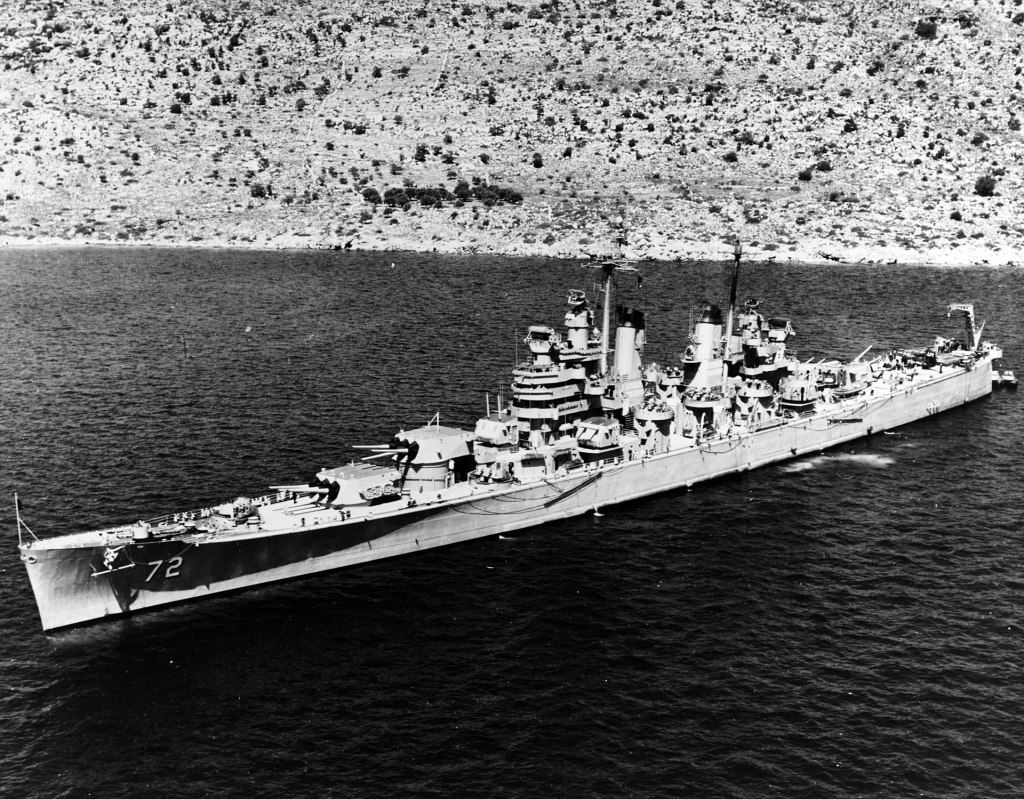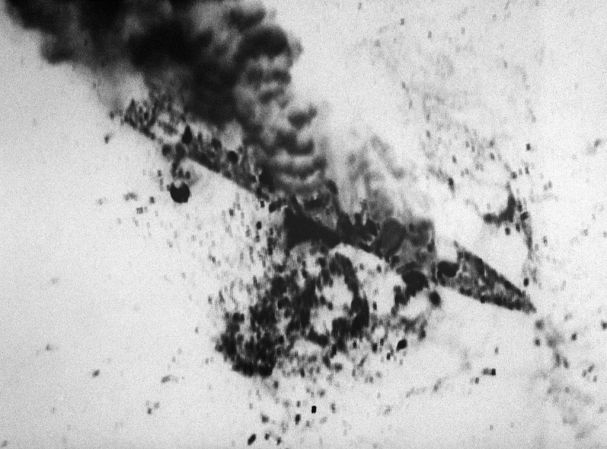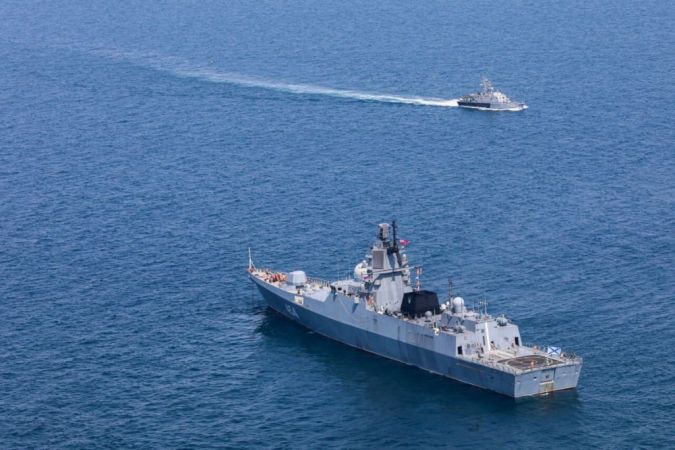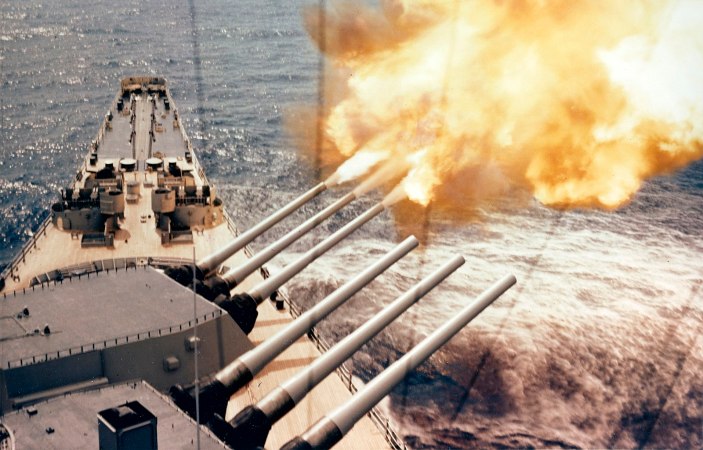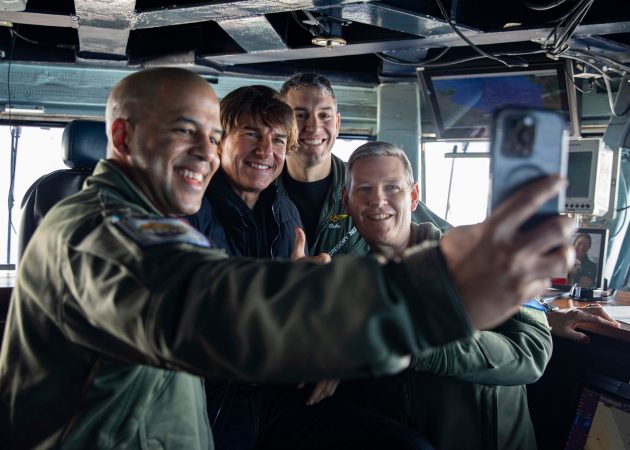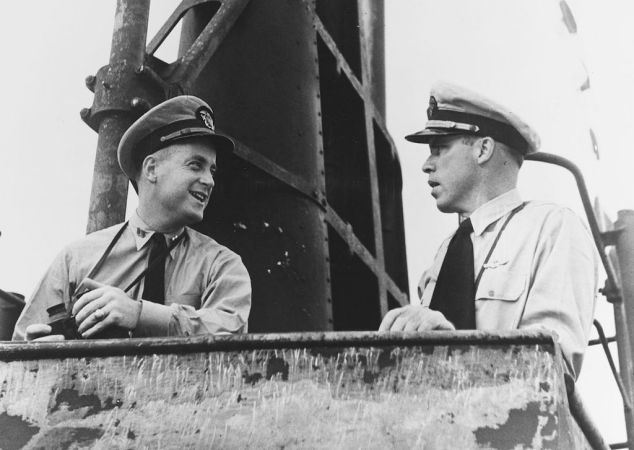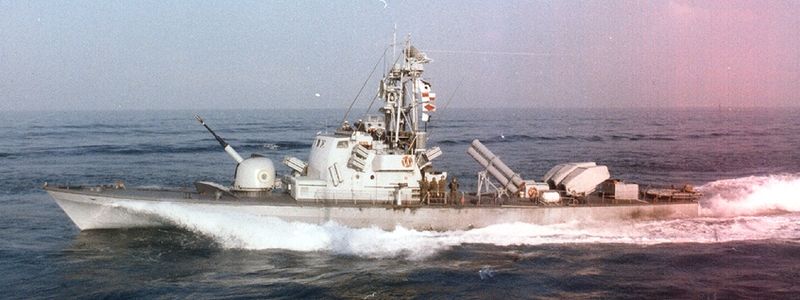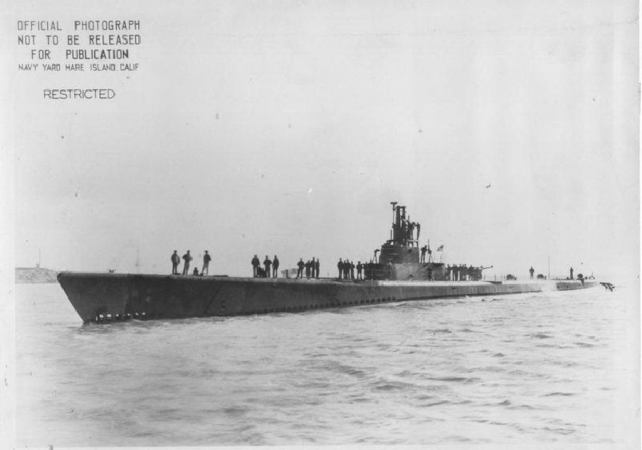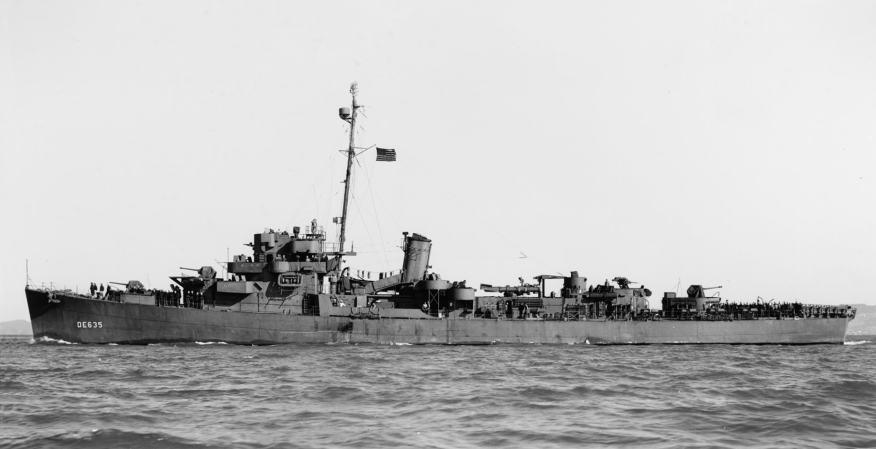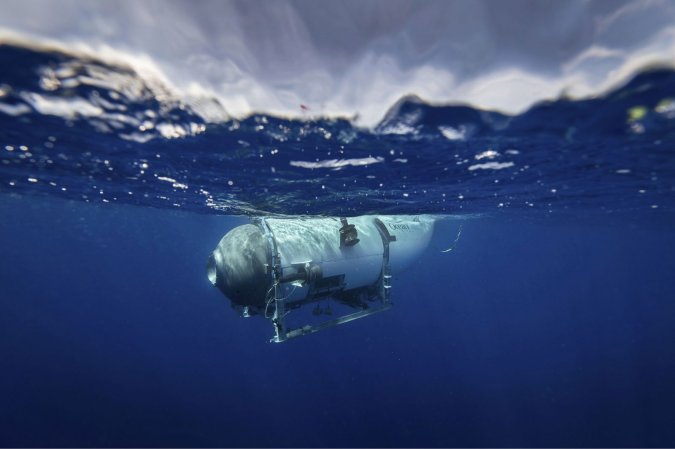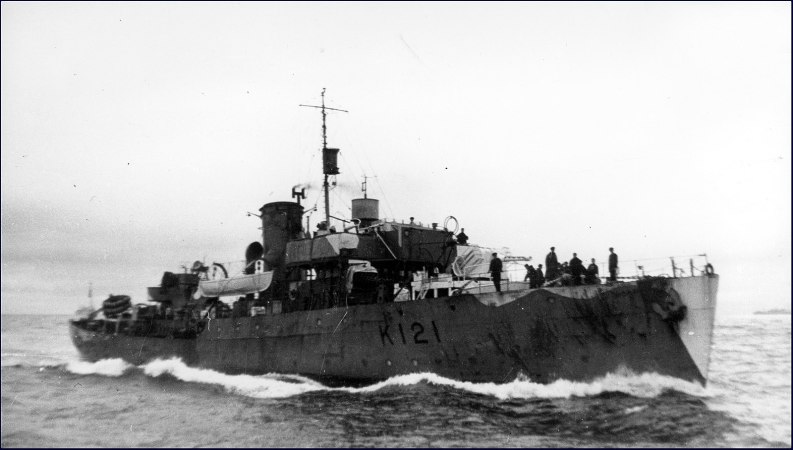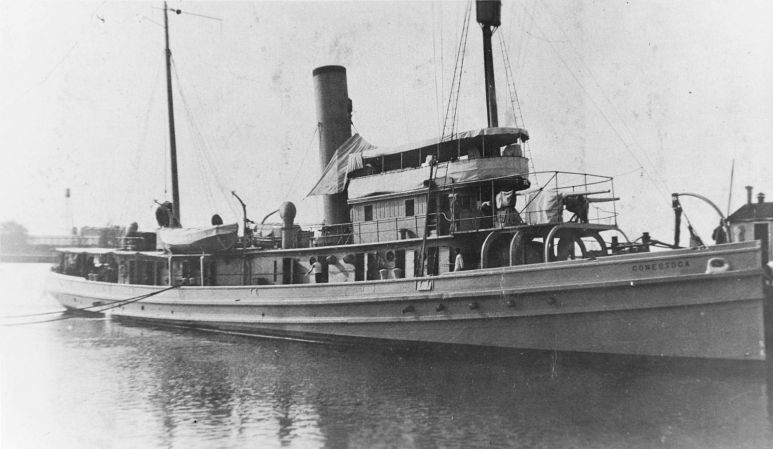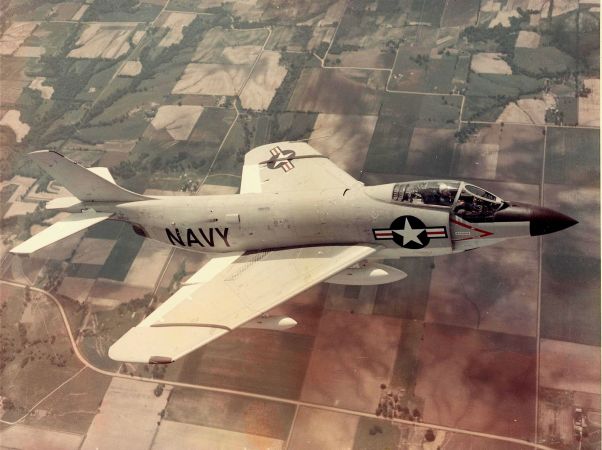During WWII, aircraft carriers overtook battleships as the dominant warship, both in size and naval importance. However, it was a Baltimore-class heavy cruiser that became known as “The Longest Ship in the World.” Officially, the Baltimore classes measured 673 feet and 5 inches in overall length. In contrast, the late-war Iowa-class battleships were nearly 900 feet long and the Midway-class carriers measured 968 feet long. So, how did a cruiser become the longest ship?

USS Pittsburgh (CA-72) was launched on February 22, 1944, at the Bethlehem Shipbuilding Co. in Quincy, Massachusetts. The ship was commissioned on October 10 of that year and ordered to the Pacific Theater. Pittsburgh joined Fast Carrier Task Force 58 with the carrier USS Lexington (CV-16) and sailed for Iwo Jima on February 10, 1945. In support of the invasion, Pittsburgh shelled airfields and other Japanese military installations on the island of Kyushu. During the invasion of Okinawa, from late March to late April, Pittsburgh guarded the vital aircraft carriers against enemy air attack and launched her scout planes to rescue American pilots who were shot down over the water.

Pittsburgh continued attacks on the southern Japanese islands until June 4, 1945, when Typhoon Viper, with 70-knot winds and 100-foot waves, hit the cruiser harder than any Japanese attack. The wind threw the starboard scout plane onto the ship’s deck, and her second deck buckled. Pittsburgh‘s bow was thrust up in the storm and sheared off. Incredibly, there were no casualties. The ship maneuvered around its own bow structure, and the crew shored up the exposed forward bulkhead. After battling the storm for seven hours, Pittsburgh escaped and sailed for Guam.

The separate 104-foot bow section was nicknamed McKeesport, a suburb of Pittsburgh, and was retrieved by the tugboat USS Munsee (ATF-107). With thousands of miles separating the ship’s bow and stern, Pittsburgh was nicknamed “The Longest Ship in the World.” The breakage was attributed to poor welding at the Bethlehem Shipbuilding Co. In Guam, Pittsburgh was fitted with a false bow and continued on to Puget Sound Navy Yard, Washington, for repairs. The ship was still undergoing work when the war ended.

Pittsburgh was decommissioned in 1947 but recommissioned four years later to serve during the Korean War. The cruiser sailed with the Atlantic Fleet until 1954 when she rejoined the Pacific Fleet. Pittsburgh made one last cruise to the Far East before returning to Puget Sound on October 28, 1955, for deactivation. The ship was decommissioned in 1956 and scrapped 18 years later. “The Longest Ship in the World” earned two battle stars during WWII, and her bell and anchor remain on display in the city for which she was named.


